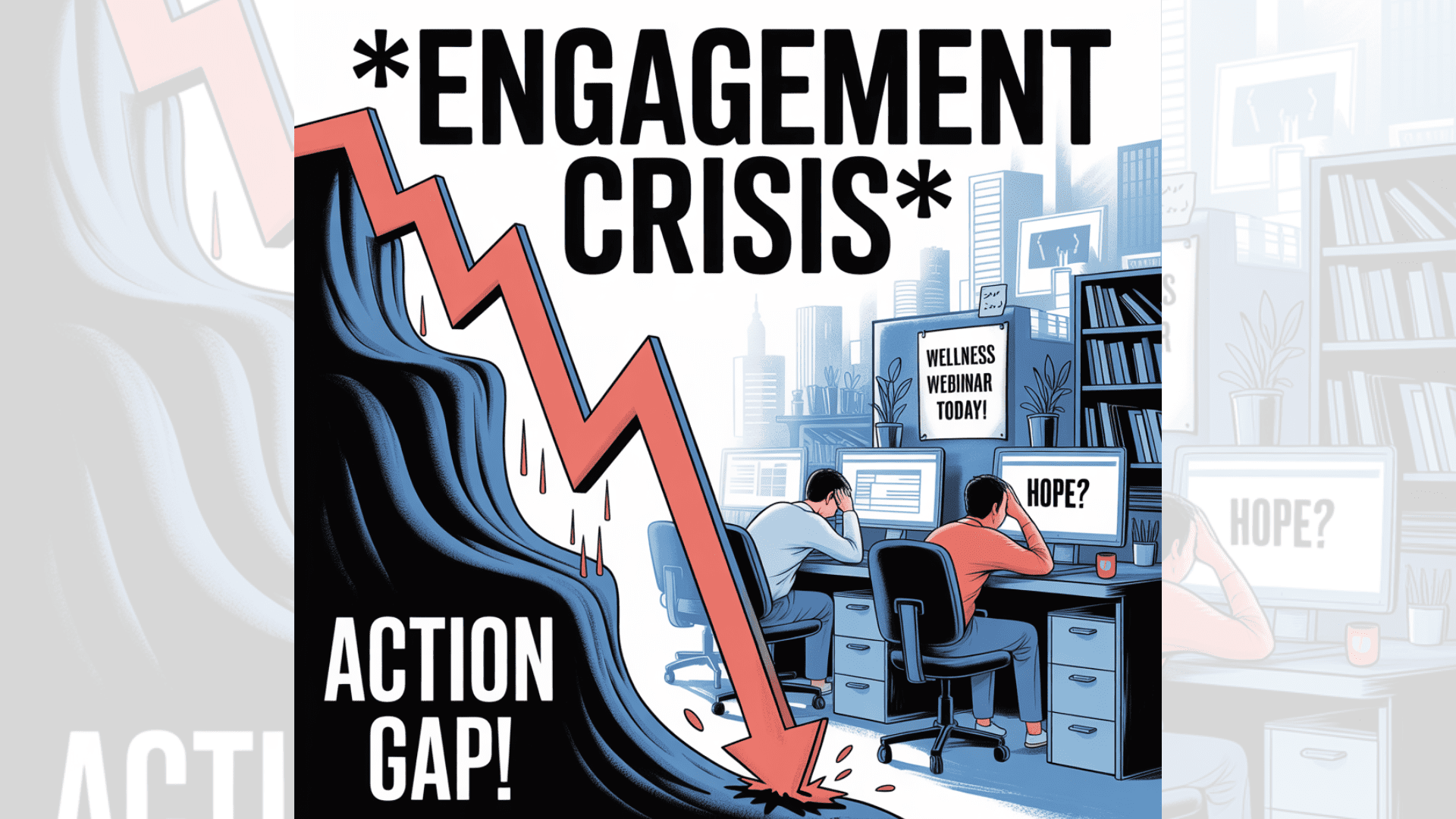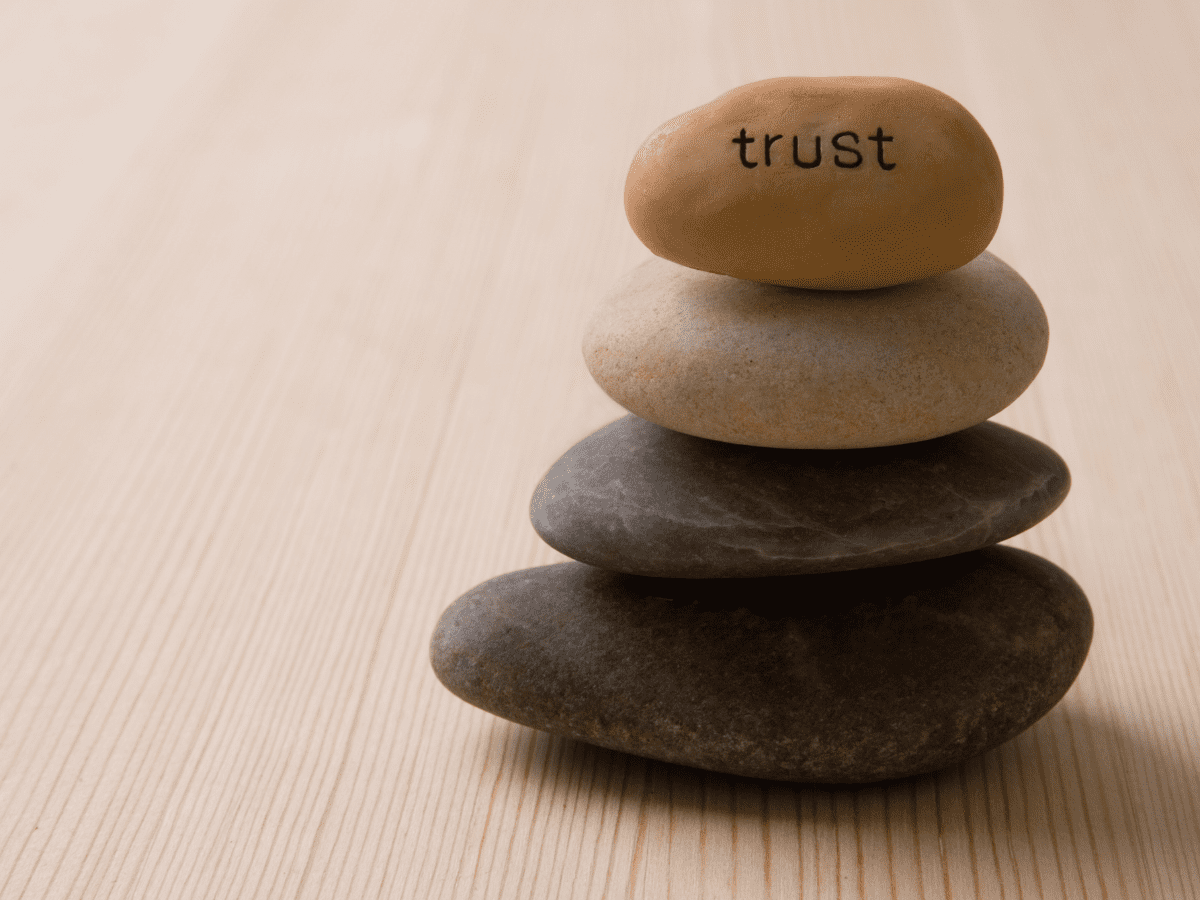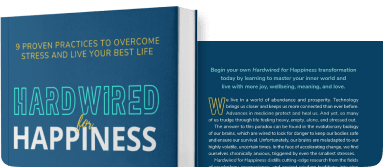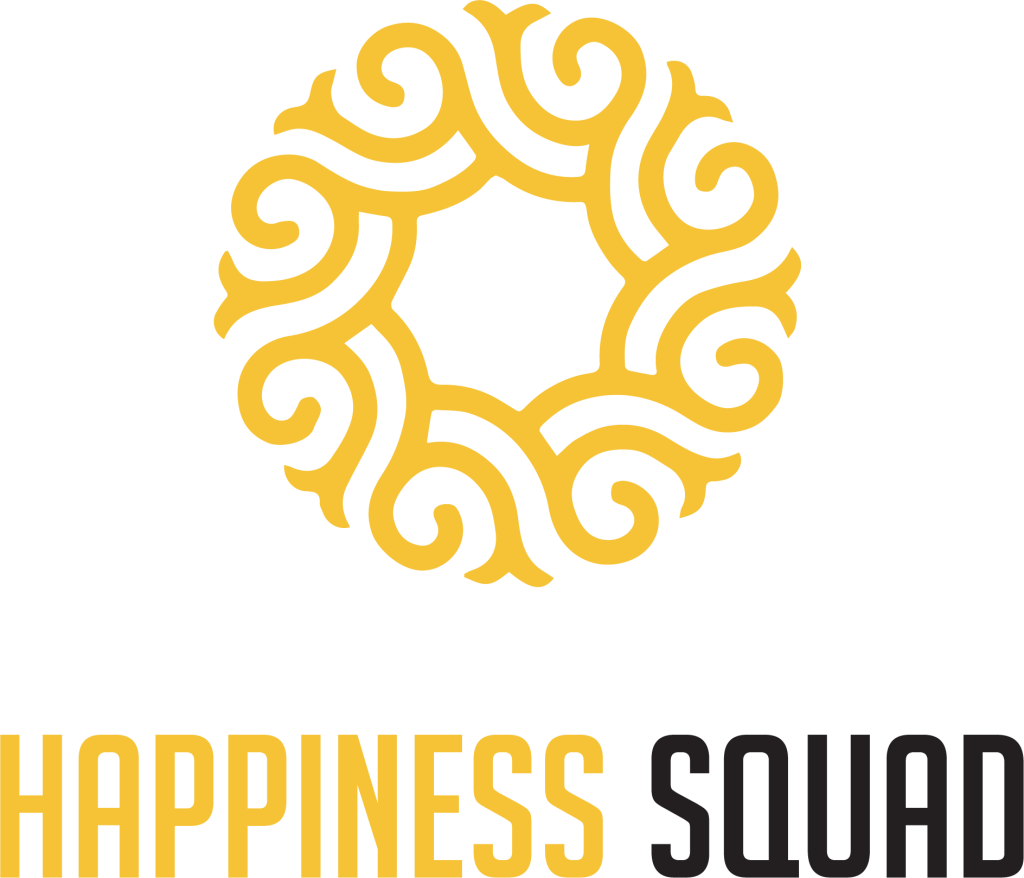You Can’t Meditate Your Way Out of a Toxic Workplace

What leaders get wrong about burnout and how to build workplaces where people truly flourish
When people tell me they’re burned out, I don’t ask them what breathing technique they’ve tried.
I ask them about their boss. Their team. Their calendar. Their workplace norms. Their access to recovery.
Because despite all the talk about self-care and mindfulness apps, burnout isn’t an individual failure—it’s often a design flaw within the organization.
I talked about this important message in a conversation with Jennifer Moss, an expert on Work Culture and Employee Well-Being and author of Why Are We Here? And The Burnout Epidemic. We need to reframe happiness and resilience as systemic issues, not personal shortcomings.
In this article, I outline what Jennifer and I spoke about and un-earth some of the myths leaders believe about burnout and what it really takes to build resilient, flourishing teams.
1. Burnout isn’t about broken people. It’s about broken systems.
We’ve been sold the story that if someone burns out, they weren’t tough enough. They didn’t prioritize self-care.

But Jennifer said it best:
“Burnout is a workplace design failure, not a resilience deficit.”
– Jennifer Moss
In fact, 97% of burnout is caused by job, team, or organizational factors, things like unmanageable workload, toxic culture, lack of autonomy, unfair treatment, or lack of recognition.
Yet, when companies notice people are struggling, they often default to individual solutions: mindfulness apps, stress management webinars, or a lunch-and-learn about well-being.
However, you can’t yoga your way out of a toxic workplace.
2. Engagement surveys aren’t the answer. Small daily rituals are.
As I often say: “We track sales every day, we track plant output hourly, but most organizations only check in on employee well-being once a year, if that.”
And when they do, the biggest complaint that shows up in the data?
“Nothing ever happens after the survey.”
We don’t just have a measurement problem—we have an action gap.
What we need is real-time insights and local action. Managers, not HR departments, need to be empowered to make micro-adjustments every week.
That means:
- Cutting 10% of recurring meetings to reduce fatigue
- Running weekly team check-ins like: “What lit you up this week? What drained you?”
- Encouraging praise rituals—where team members share small moments of appreciation
As Jennifer put it:
“A big part in changing culture is managers making simple choices.”
And these simple habits don’t need to be complex.
A Cornell University study found that firefighters who ate one meal together a week saw significant improvements in team morale, cohesion, and even physical safety. One meal. Twenty minutes.
These small moments are the glue that hold teams together under pressure.
3. Kindness is more common than we think. Leaders should design for it.
Jennifer shared a powerful insight from the World Happiness Report: the “Lost Wallet Experiment.”
Researchers asked people across major cities across the globe if they thought someone would return a lost wallet.
In Toronto’s case, only 23% believed their wallet would be returned.
But in reality? 80% of wallets were returned.
We vastly underestimate the goodness of others.
And in doing so, we over-index on control, surveillance, and fear-based policies in the workplace.
This is a mistake.

Humans are wired for kindness and connection. When we design systems that assume generosity and pro-social behavior—trust builds, loyalty deepens, and performance improves.
If you believe your people want to do great work—and most do—then it’s your job as a leader to remove the obstacles that keep them from thriving.
4. Resilience and happiness come from how we work—not what happens after.
Most people think of happiness as something they earn after the hard work is done.
But as I shared with Jennifer:
“If we don’t change how we work, we have zero shot at helping people flourish.
Happiness isn’t found after work—it’s forged through it.”
What if we designed our days in ways that gave us energy instead of draining it?
What if resilience wasn’t something we trained for—but something we built into the rhythm of how we operate?
Resilience comes from:
- A sense of purpose
- Autonomy and mastery
- Belonging and psychological safety
- Recovery built into the system
These aren’t “soft” things. They are strategic design principles for high-performing teams.
How to Start Rewiring Work—This Week
If you’re a leader looking to move from burnout to flourishing, start here:
↳ Audit your meetings. Cut 10–20% of recurring time-wasters.
↳ Run one 15-minute team check-in each week. Ask: What energized you? What stressed you?
↳ Send one specific praise message every Friday. Make it personal, not generic.
↳ Give your managers autonomy to make adjustments. Let them test, measure, and adjust.
↳ Track well-being like performance. Not once a year—weekly, in small ways.You don’t need an overhaul.
You need better habits.
Learn more about Jennifer on Linkedin.
Listen to the podcast with Ashish and Jennifer below. You can also listen on Apple Podcasts.
Access and subscribe to all of the episodes of the Flourishing Edge Podcast here.
Make Flourishing Your Competitive Edge.


